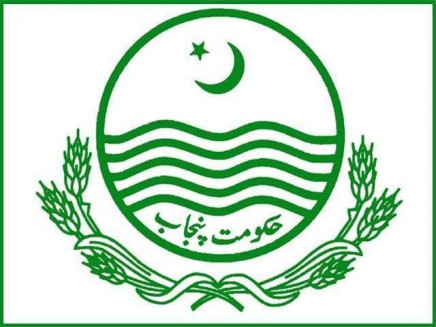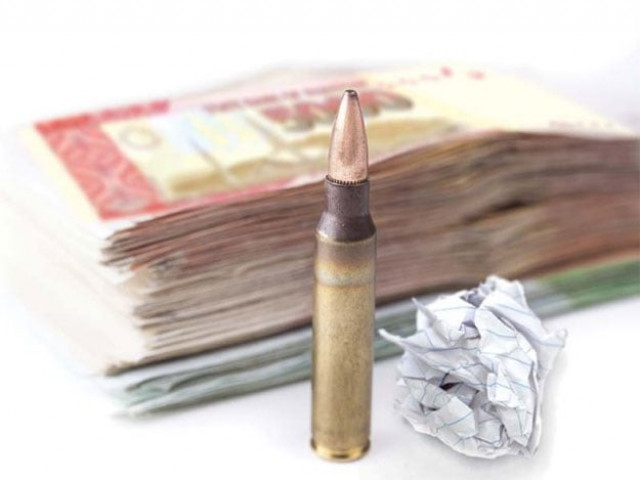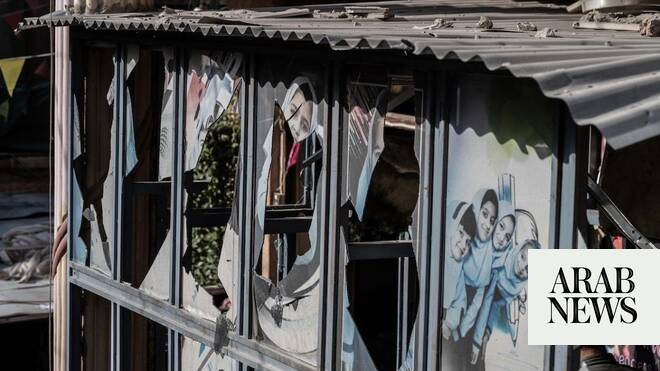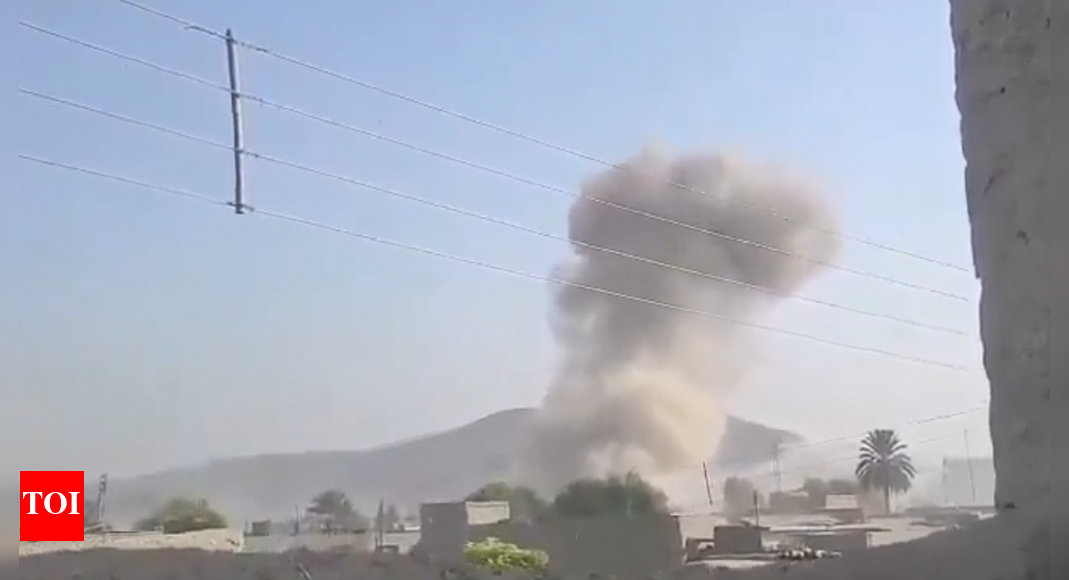PESHAWAR – Residents of Islamabad, Rawalpindi, Peshawar, and other regions were jolted by an earthquake on Friday, with tremors also reported in Abbottabad and other parts of Khyber Pakhtunkhwa (KP) and Gilgit-Baltistan.
Pakistan…

PESHAWAR – Residents of Islamabad, Rawalpindi, Peshawar, and other regions were jolted by an earthquake on Friday, with tremors also reported in Abbottabad and other parts of Khyber Pakhtunkhwa (KP) and Gilgit-Baltistan.
Pakistan…

– Advertisement –
– Advertisement –
– Advertisement –
ISLAMABAD, Oct 17 (APP): The Punjab government has prepared a comprehensive plan to accelerate industrial growth across the province, with Rs30 billion earmarked in the current fiscal year…

A transport businessman who was starting construction on a plot on the outskirts of Karachi has been threatened by extortionists who have demanded one…

TASHKENT: A German teacher stands in front of Uzbek nursing students, rattling off health terms — wheelchair, overweight, retired — they will need to master before setting off for new jobs in Germany.
They are part…

Pakistan suffered a massive suicide attack on Friday at a military camp in North Waziristan’s Mir Ali district, near its border with Afghanistan, killing seven soldiers.The attack was carried out by suicide…